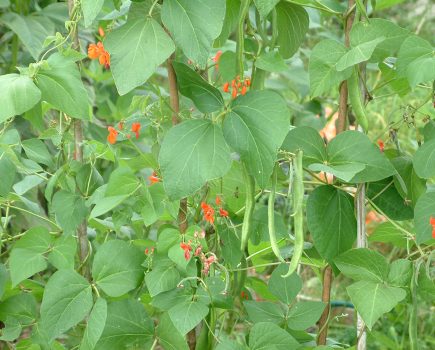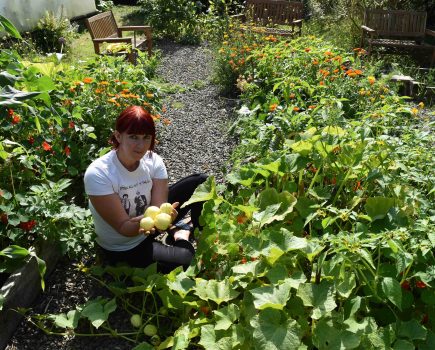Can you be self-sufficient on just one acre? No, but you can have a jolly good try. This is the verdict of Jack Smellie and David Chidgey, who have an acre in Cornwall
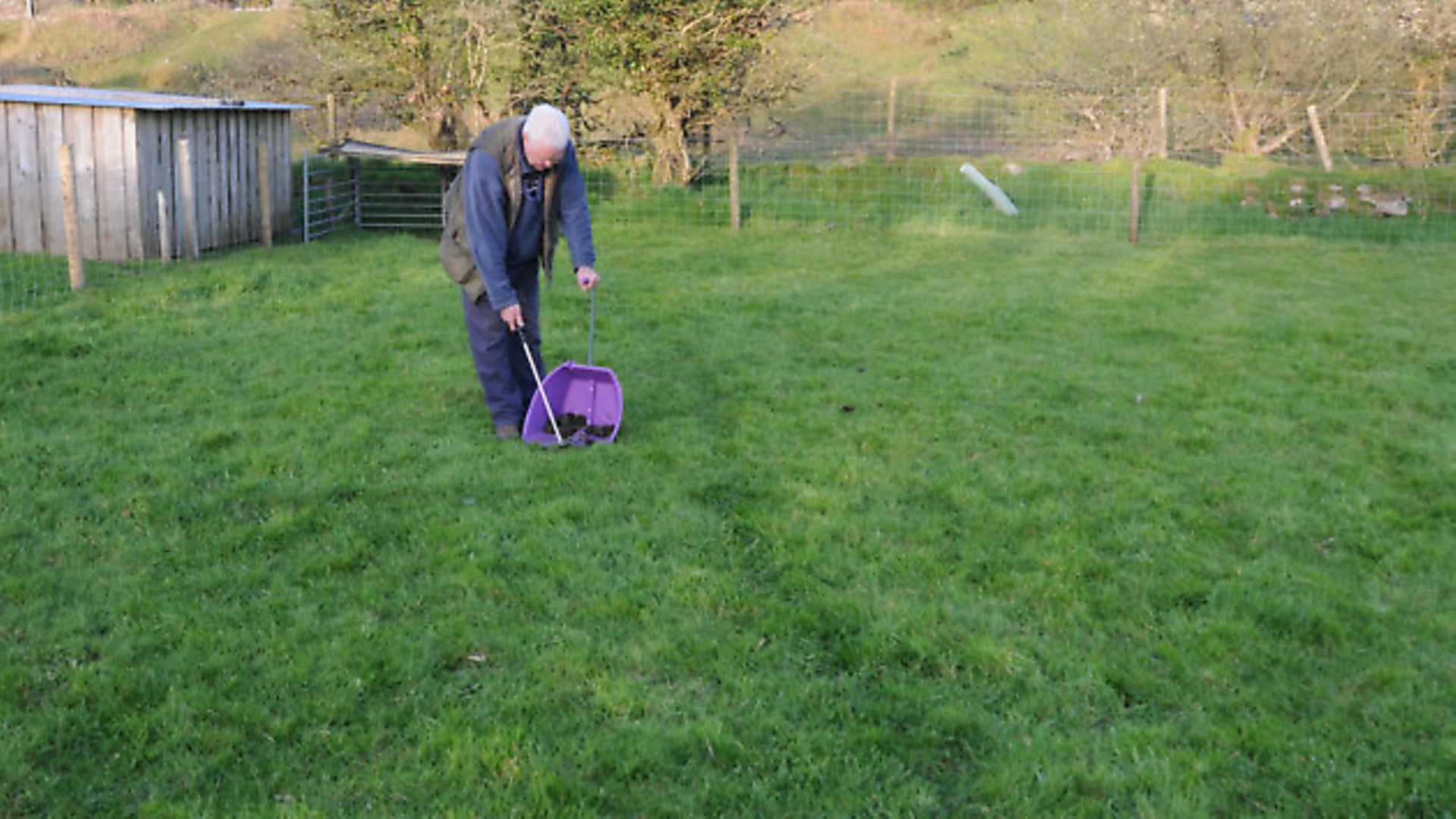
We are the classic smallholders: we do a ‘little bit of everything’ and we do it all on just one acre at 1,000 feet above sea level on Bodmin Moor. We have one simple aim and always have had: to raise as much of our own food as possible and give the animals in our care the best possible life! Over the five years we have been here we have had fabulous successes and, at times, heartbreaking failures. The knowledge we build on year-on-year often pales into insignificance when we realise how much more there is to learn!
Does it work? Some days: yes; occasional days: no, and most days: sort of…
A quick summary of what actually goes on: our vegetable and fruit growing all takes place in a 23 metre polytunnel; we raise sheep and rabbits for meat; we have chickens, ducks and turkeys for meat and eggs; we keep dairy goats for milk and cheese and we keep pygmy goats for pet sales to offset the costs of the dairy goats and, finally, we have two alpacas to stop the fox eating our poultry.
We also raise pigs for pork but we now do this on a friend’s land! We are pushing the boundaries when it comes to the number of grazing animals, but we do make it work…
The classic ‘learning from one’s mistakes’ was never truer than when applied to being a smallholder: the snippets below may be of help if, like us, you have limited land and yet want to produce a variety of food ‘and’ enjoy keeping a variety of animals.
Keeping your grass green on BOTH sides of the fence
We have what our vet constantly refers to as ‘limited grazing’ compounded by the fact that for four to five months of the year at least half of our paddock is just too wet for any of the animals to be out on it at all. First things first: get to know your grass. Grass is the most valuable crop there is: we did a lot of reseeding in our early years partly so we could determine the type of grasses we were growing and also so we were providing fresh growth for our sheep each spring/autumn.
Our acre is divided into several small paddocks so that we can rotate the animals around them. This has two massive advantages: one, it allows the grass to regrow once grazed and – for grazing stock – there is nothing nicer than fresh shoots, PLUS it helps reduce boredom.
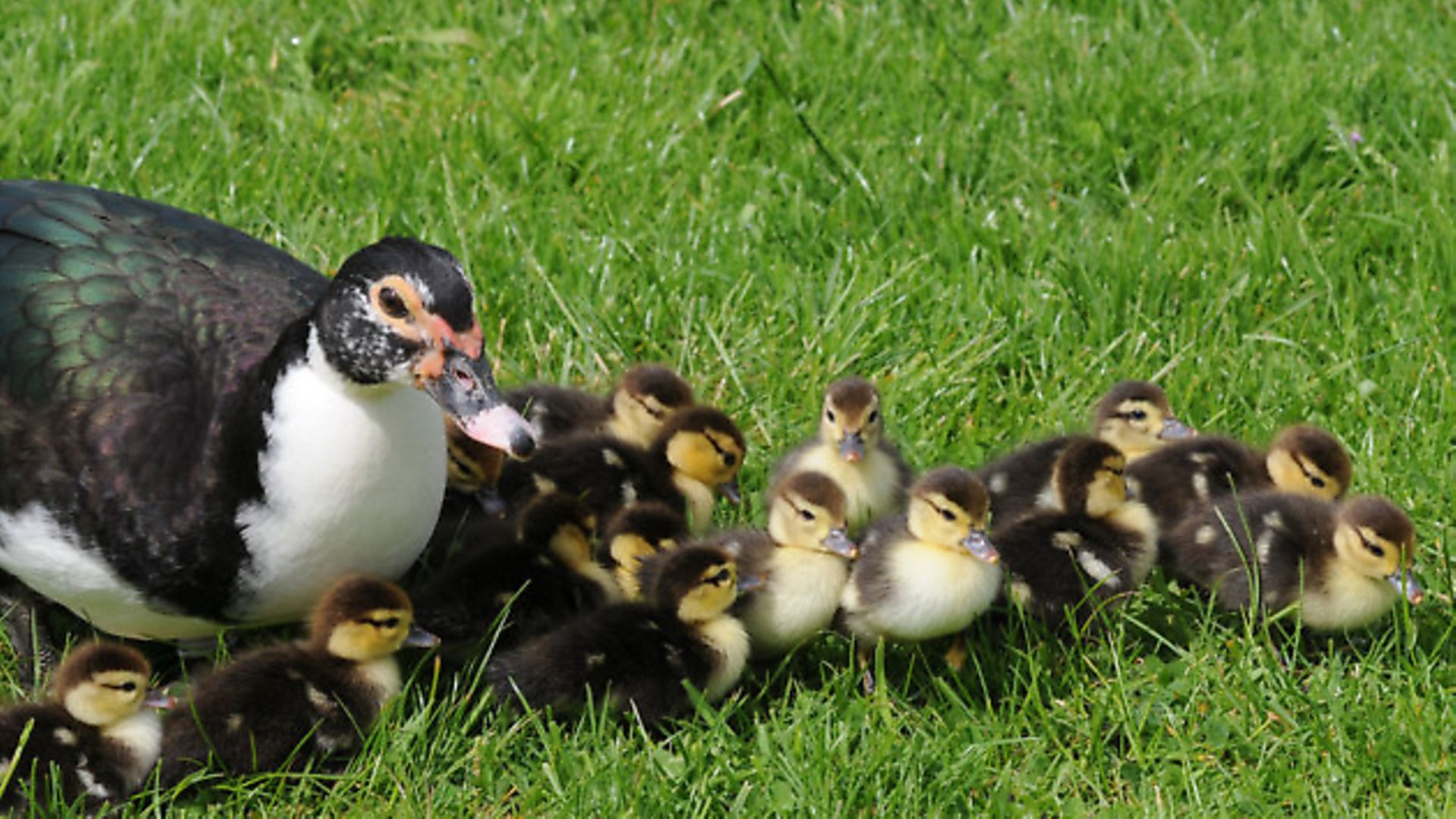
Sheep, in particular, truly believe the grass is greener on the other side of the fence and so every few days, when we open up one gate and let them into another paddock, they find out that it actually is! In our four years of keeping our two ewes (and their various lambs) we have never had a problem with escapees!
We regularly rake the paddocks, hard work but do-able, in order to both aerate the ground and remove any detritus that could create bare patches. We also use gate mats to help prevent poaching. We don’t regularly use artificial fertilisers but, with recent wet winters, we have felt the need to put back in some of the minerals that we know will have been washed away.
We do, however, regularly use calcified seaweed to help sweeten the grass: this is highly successful as far as our goats are concerned as it makes them forget they are meant to be browsers and instead they all start to graze. And then, of course, there is the poo. Read on…
Picking up poo and counting worms…
We poo-pick-up every day, twice a day in the spring/summer when the animals are out day and night. Bizarrely, this is one of the most enjoyable parts of our day as it gives us a chance to be with the animals and really observe what they are all doing. We poo-pick-up for several reasons: firstly, whilst animal manure is great for pasture, it is only great after a period of time and when it is very spread out. As our grazing is limited we have to poo-pick-up in order to keep the grass clean and edible. We also pick up poo to help reduce the worm burden. Again, as our animals are grazing in a small area, the concentration of worm eggs/larva will in theory be very high. By removing the poo we are hopefully reducing this concentration. The alpacas are fab as they have just one or two dedicated poo areas, so picking up after them is a doddle. Worst are the goats, who just stroll about minding their own business whilst releasing their lovely pellets in a delightfully spread out line. The sheep on the whole leave us piles, one flick with the poo picker-upper and job done, except that sheep poo a lot and there are many, many piles!
The poo all gets thrown on our compost heap along with the spent bedding from the animals’ indoor areas and then, each autumn and spring, we are able to top up our polytunnel beds. The really well rotted compost also gets scattered back in small quantities onto the paddocks: our own mini version of muck spreading.
We do still have worming problems at times and some animals are more susceptible than others, so our poo-picking is never the full answer… egg fecal counts are still crucial. This leads nicely to topic number three: vets and medication.
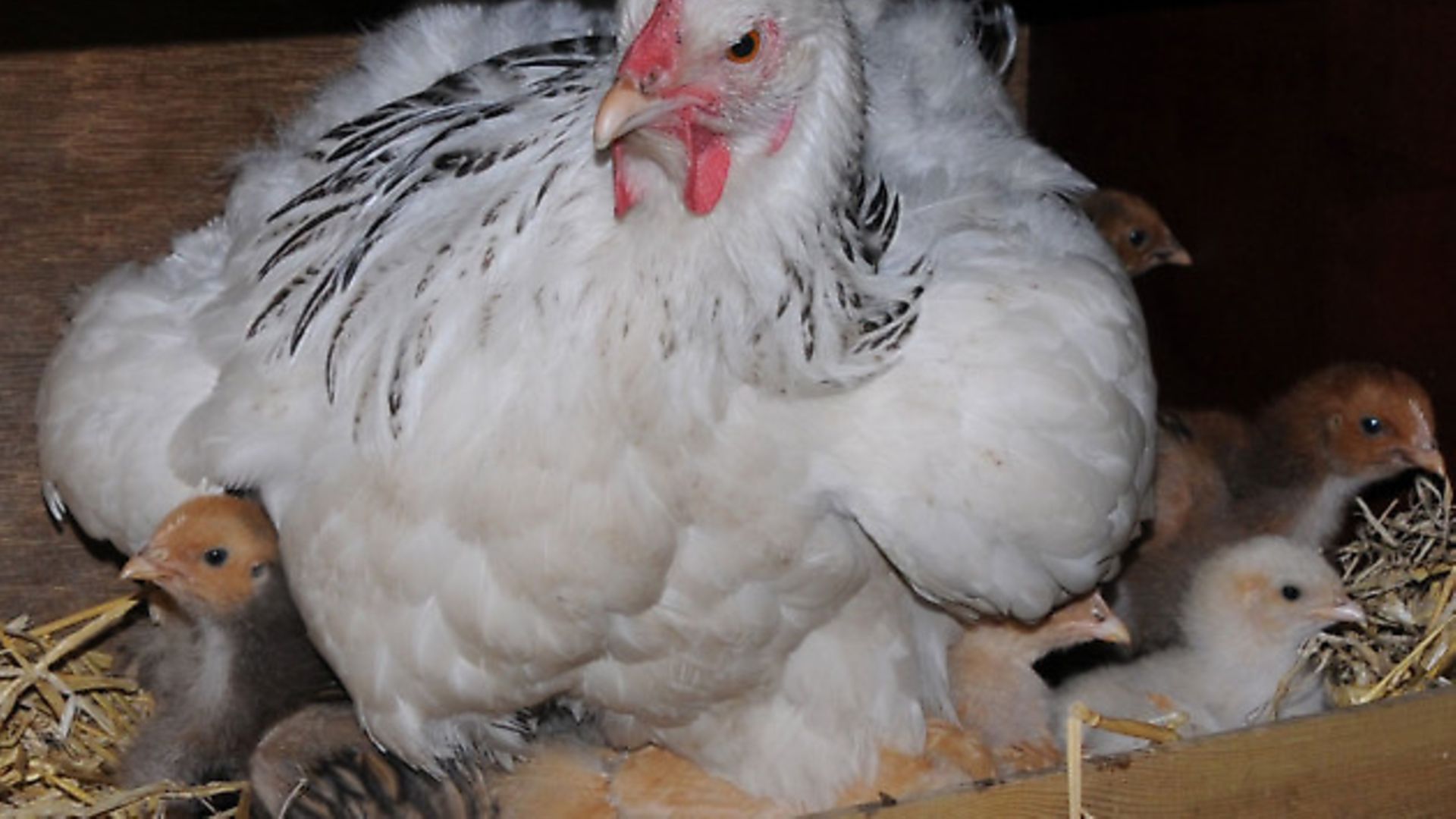
Trust your vets, but trust your own instincts more…
No matter what size smallholding is being run, a good relationship with your vet is pretty essential. Having a wide variety of animals usually means a fair few problems over a year, plus our small numbers of each means that any profit from livestock sales can be wiped out with just one veterinary visit. The advantage of a few initial site visits, though, means that the vet sees you and your animals in situ and gets to understand what you are doing.
At that point the hope is that enough trust will have developed so the vet will prescribe a few essential medications for you to have on site that you can then administer yourself. In our first few years, we became as knowledgeable as we could about what we might need (and for what) and we have definitely saved monies by NOT always having to get the vet out since.
Our essential medicine list includes: Metacam (anti-inflammatory); Alamycin (broad spectrum antibiotic); Cyclo (blue spray with antibiotic ingredients) and Tylan (respiratory medication we use for poultry). Our general medicine box also contains: a thermometer (knowing if an animal has a temperature or not is a crucial starting point for assessing what might be wrong), Hibiscrub (an antibacterial scrub – we so love the smell!), general antiseptic sprays, apple cider vinegar (a miracle tonic for most livestock), iodine, purple foot spray, gloves, lubricant, plus various poultry tonics and powders. We also have one or two wormers on the shelf.
We spend a LOT of time with our stock and we can tell if an animal is off-colour. We have an essential set of observations that we run through each morning/evening (and in between times): ‘did everyone come up to feed this morning; are all the poos looking normal; have the water troughs gone down by the expected levels (i.e. are the animals drinking too much/too little); are the noisy, pushy ones their usual noisy, pushy selves?’ Having small numbers means our daily observations are manageable. We also keep scrupulous records, particularly at breeding times and when an animal is ill, so we know what to expect year-on-year and when problems re-occur. We ring the vet sometimes just for advice (they don’t charge). We have an army of books we constantly refer to: The Smallholder’s Guide to Animal Ailments (edited by Russell Lyon) being our most well-thumbed, as well as nearly every book written by Katie Thear.
Achieving the balance between ‘in-house (smallholding)’ health care and getting the vet in is tricky, but our advice would be invest time, effort and money in building a good relationship early on and then your animals and your wallet will be better off in the long-term!
One for us and one (or two?) for the slugs…
The dark winter evenings are the time for thinking about the polytunnel planting for the coming year. The seed catalogue, together with last year’s records, go hand in hand as we pour a glass of the red and start planning. Whilst the 23m by 6m polytunnel may seem enormous, it is in no way big enough for our needs; maximising space is therefore the priority. We aim for variety as well as reliability. Onions, garlic, courgettes and carrots are fabulously reliable; parsnips and basil frustrate enormously as in recent years they have refused to germinate; brassicas are great because they carry on and on into the winter.
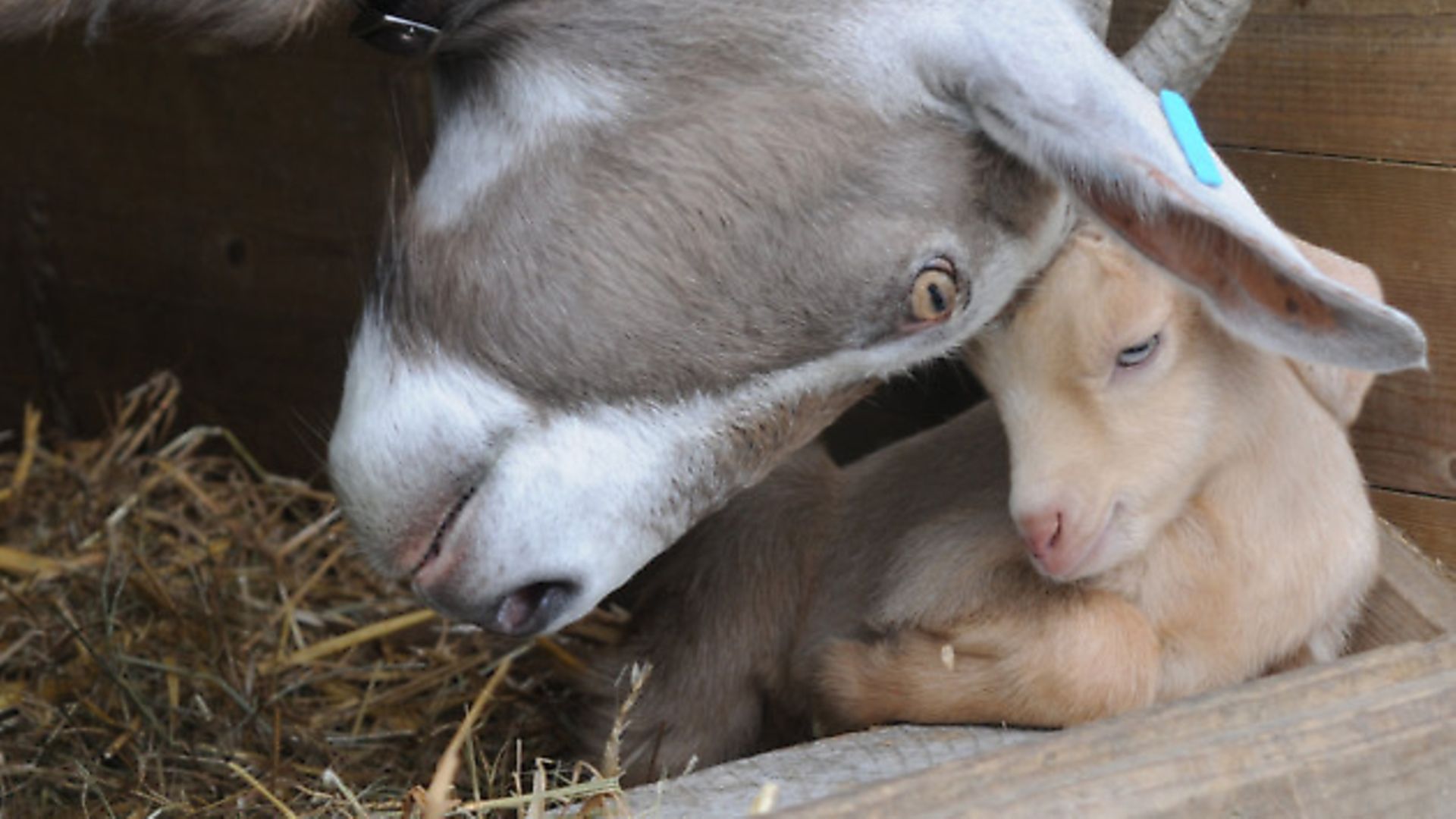
We look to eating seasonal vegetables rather than mass freezing or bottling, though we do make a few gallons of soup from the squash, onions, marrows, carrots and leeks which takes us through the cold winter months. We grow a lot of plants that take little ground space but instead grow tall: e.g. beans, peas and cucumbers and we also grow vegetables where the more you pick them, the more they grow: salad leaves and purple sprouting broccoli for example.
Early spring planting in the polytunnel beds is a matter of counting; we don’t need 50 parsnips so why grow that many?
We pop three seeds into a hole for each parsnip we want (about 40 parsnips will do us for the year), one for the slugs and pests, one that may rot and one that will grow – sometimes we are fortunate and all three grow, we then have three smaller parsnips, not a problem as small is often sweet! We plant carrots in short rows, and start ‘pulling’ them when they are small, by the time we get to the end of the row they are big enough to chop and pop into soup. Courgettes, squash and pumpkin together with beans and peas get the royal treatment and are planted in pots, under fleece and in a raised bed with a plastic cover – almost a greenhouse inside the polytunnel.
This way they get the best and earliest start in life, and when the second leaves are well developed they are popped into the polytunnel beds making sure that the slugs do not have a feast. How many? We plant about a dozen seeds for each plant and choose the best four to plant on. Pumpkin and squash are very good at taking over the polytunnel so we wait for four or five pumpkin and 20 or so squash and then start trimming the excess tendrils and stalks back – storage is a problem for most vegetables and we do not want to grow vegetables only to see them go mouldy in store because we cannot eat them fast enough!
And all of this is repeated though the early spring and summer to get as many crops of the tastiest vegetables as we can. From spring to late autumn we rarely have a polytunnel bed empty. As we are able to frequently ‘top up’ the beds with compost, there is no need to leave any of them fallow, and neither would we want to!
Of course, we do end up with not enough of some plants and too many of others. Sometimes a plant that did fabulously one year does terribly the next and our whole numbers game then falls apart, but on the whole the system works and once again good record keeping plays a huge part.
Lambing, kidding and hatching: the addiction of breeding
Breeding is part and parcel of managing a smallholding but it is very easy to get carried away. There is a balance to be had between the desire to produce good quality stock and keeping the ‘lines’ going and breeding to generate income: if you cannot sell your stock, you lose the monies from the sales and you have extra mouths to feed.
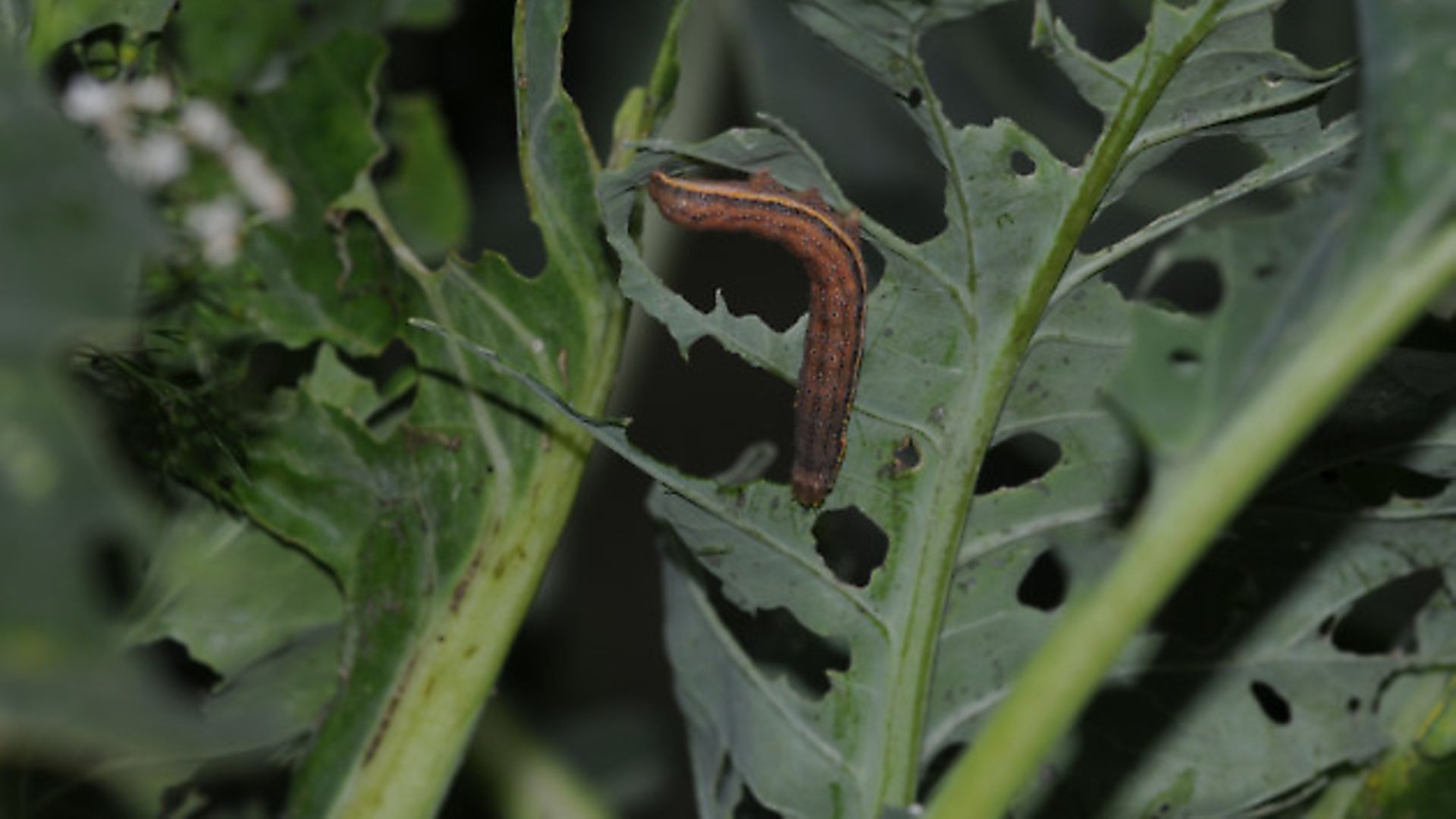
We began with a very simple philosophy: to breed based on the assumption that if we cannot sell the live animals, they will end up in our freezer as food for us, the dogs or friends and neighbours (aside from the pygmy goats, of course, but we could probably sell our kids twice over each year so lack of sales here is not usually a worry – touch wood). We cannot expand our numbers any more and so our breeding programme has to be based on that central fact. Essentially we have the fun of endless kids, lambs, chicks, ducklings, turkey poults, kits, etc running around all spring/summer and then, come the autumn, we are back to our basic breeding stock.
This is also a fabulous time as we get to spend more time with individual animals, making sure they are set up for the winter and with the larger stock getting them ready for mating! And if we are ever caught out (as in the year we ended up with a single ewe lamb that for some reason got missed off the abattoir list) we do have the odd friend or two with land who are happy to help out.
There’s more… recycling, the importance of being tidy, how to organise stores, utilising every spare inch of land, dealing with poorly stock…
The key is to never ever stop trying to make it better, both for you and for the animals, and whether you have just one acre or a hundred and one acres, never stop learning.
•Jack Smellie and David Chidgey were featured in our Your Good Lives series in our May issue.
•See www.relaxedrealfoods.co.uk and www.relaxedfarming.co.uk
Alan Beat says
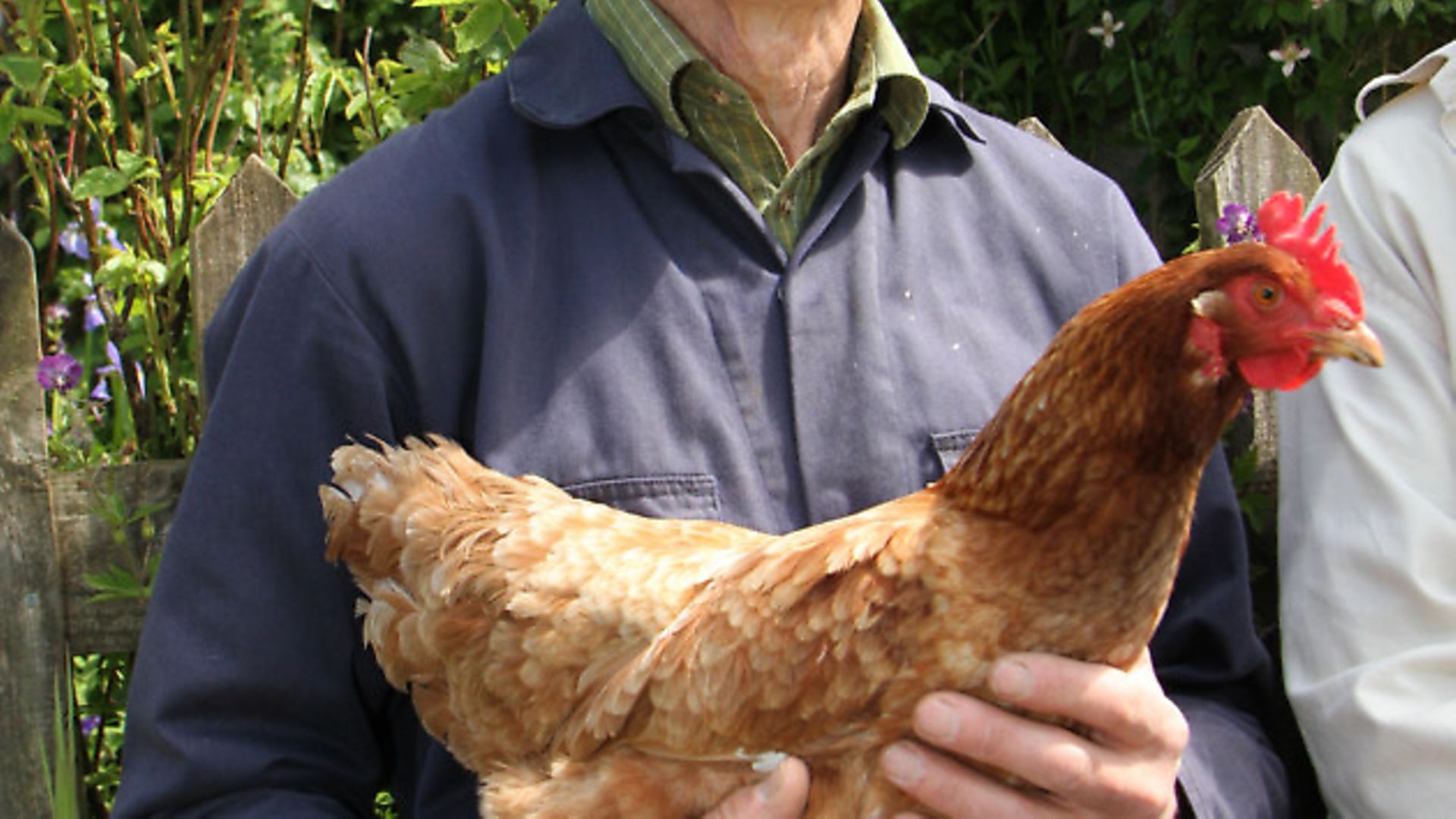
A well-managed smallholding can produce far more good food per acre than a large scale enterprise, as Jack and David show here. The range of activities they cram into such a small space is impressive and no-one could doubt the passion and commitment underlying their adopted lifestyle.
Would I do anything differently? Yes of course, for every smallholding reflects the perspectives of its owner – although given the central objective of self-sufficiency in food, the purchase of high-altitude moorland is a challenging choice to make. On better ground at lower altitude, more food crops can be grown without protection, while livestock graze outside over a longer season.
As an organic smallholder, I would be planning my activities to absolutely minimise the use of any veterinary products. These do risk leaving chemical residues within the meat produced, while fruit and vegetables may also be affected via composted dung. This, in my view, rather misses the point of growing your own food in the first place.
I would reduce stocking rates by selling the unproductive alpacas, and use a more robust rotational grazing regime than Jack and David to address the build up of parasites and disease. For example, I’d bring the pigs back home and use them to plough up a portion of grassland each year for re-seeding, to provide clean grazing the following season. I’d also grow more fruit and vegetables in the open ground, recycling all surplus through the pigs and poultry.
Tim Tyne says
A productive smallholding on just one acre is intensive farming at its very best. However, there’s a fine line between maintaining a high level of output and having everything degenerate into a shambles because you tried to do just a little bit too much, or you took your eye off the ball for a moment. I think that David and Jack may be walking along a knife edge in that respect.
Their current level of production is impressive to say the least, but it is as a result of extremely intensive management (e.g. twice daily ‘poo picking’), and this may not be sustainable in the long term. However, the couple are clearly well aware of this risk, and are taking the right steps to maintain the productivity of their land, for example by re-seeding with better grass species, rotating their grazing, limiting damage caused by poaching and replacing lost nutrients through applications of calcified seaweed.
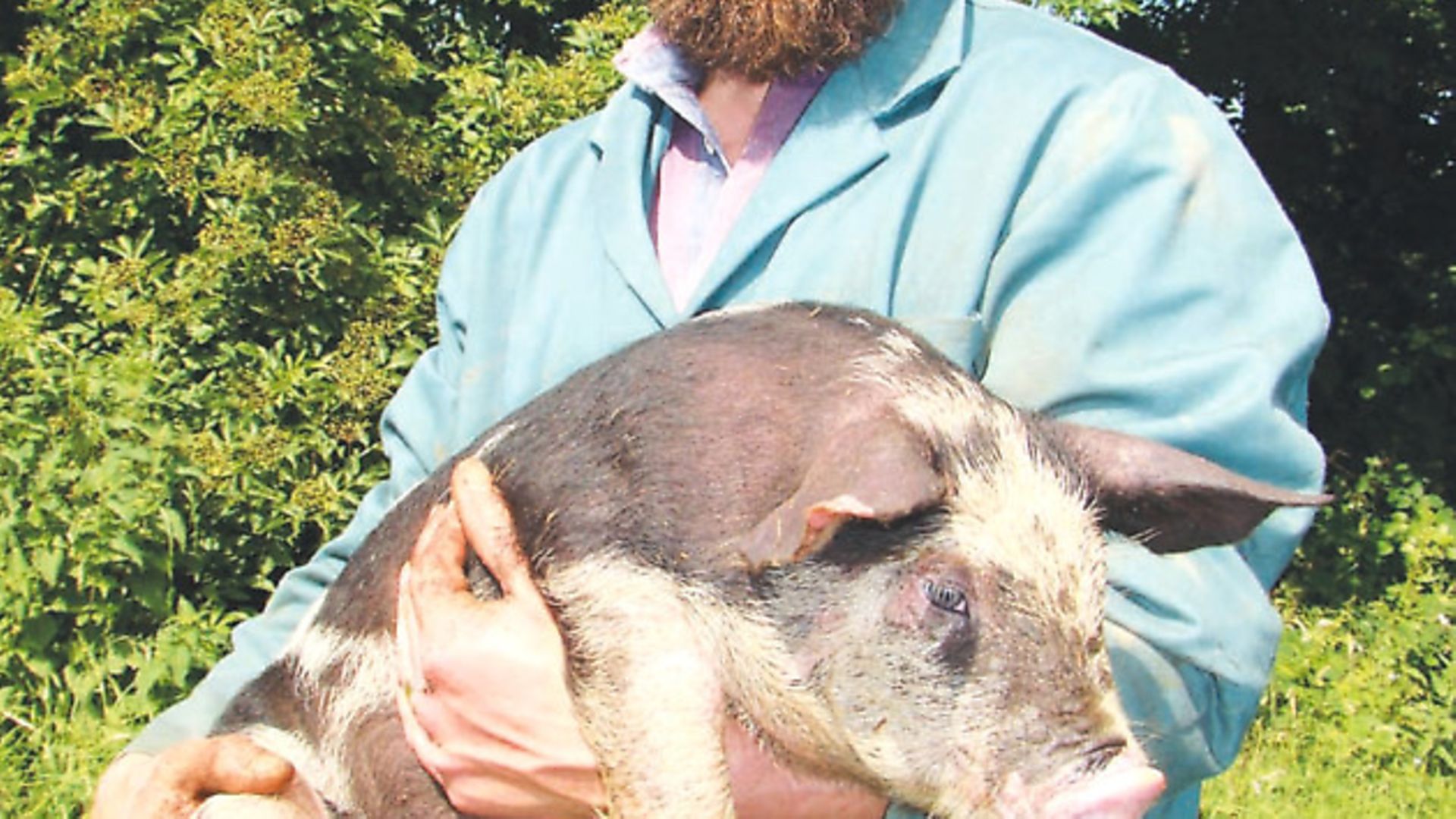
For continuing success, David and Jack will need to take a hard-line stance not only in the management of their land but in the management of their livestock.
To be productive, a one acre holding cannot carry passengers, so any animal that’s not pulling its weight needs to be culled as soon as its output drops below the optimum.
And that includes the alplacas, which serve no real purpose in this system and are simply eating grass that could otherwise be better utilised.
Personally, I would be setting a target that sales of produce to family and friends should cover production costs to the extent that anything used for home consumption is effectively ‘free’. In order to achieve this, I suspect that David and Jack may actually have to scale back a bit to reduce costs, rather than try to maintain or increase output.
———————————————
This article is from the November 2014 issue of Country Smallholding
Image(s) provided by:
Archant




